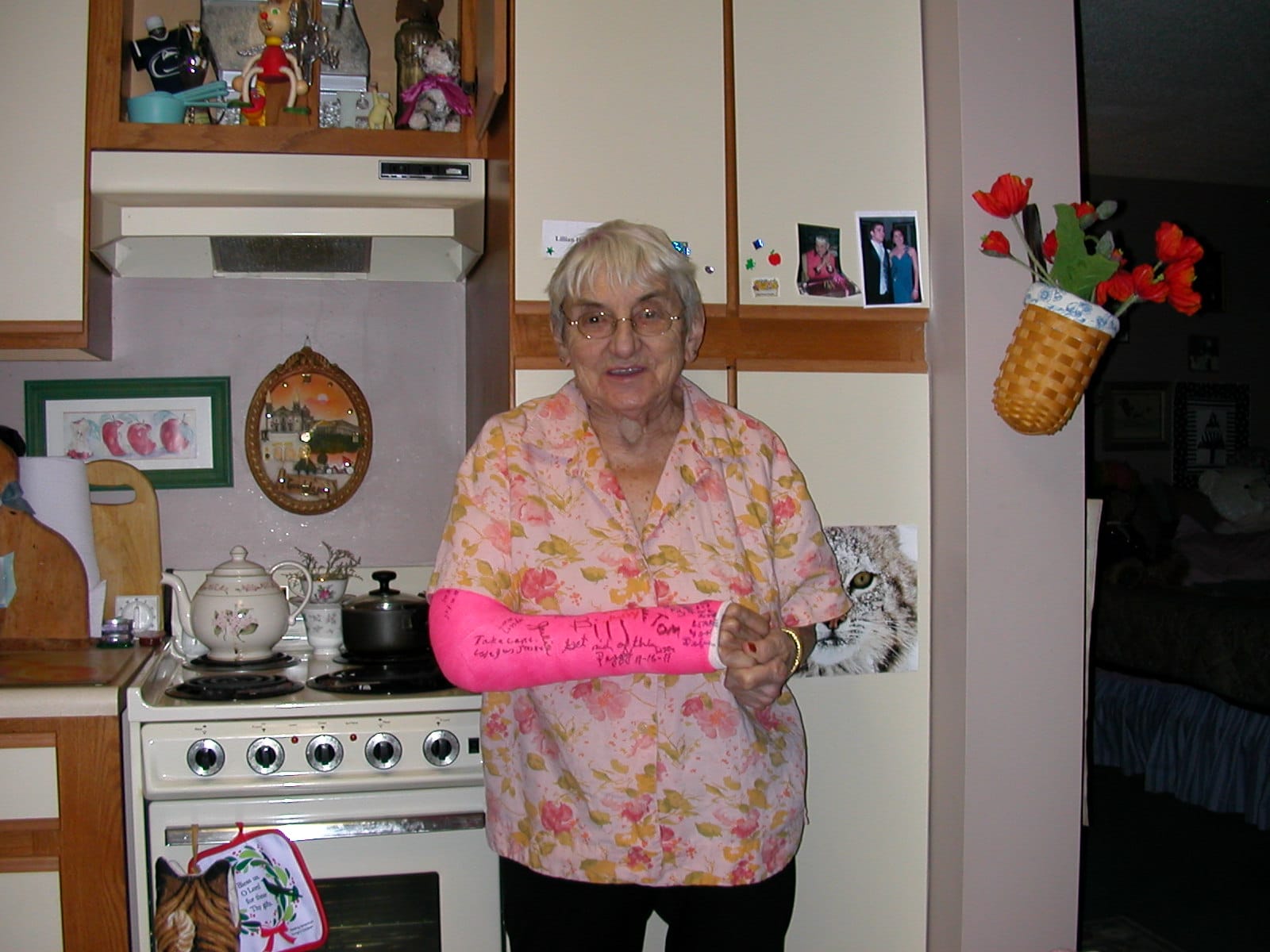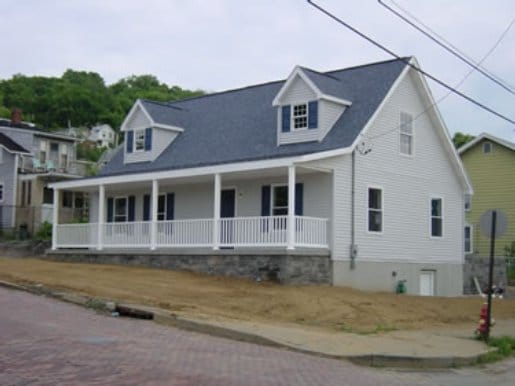Put on your 3-D glasses The following appeared in HME News, the publication for the home medical industry, on July 26, 2011. This year and last, I asked the residents of Addison Court, the low-income apartment for disabled and elderly in State College where I live, to attend a demonstration at the Immersive Construction Lab, described […]
Blue Roof Technologies
John Bertoty co-founder of Blueroof
John Bertoty (right) is Executive Director of Blueroof Technologies, Inc. This is a position John has held for the past 10 years when he founded Blueroof with Robert Walters (left). Listen to one of the sounds you might hear after you enter the front door. burgularalarmon In 2002, John was Academic Principal, McKeesport Area High […]
Aging Baby Boomers Like Me Need Housing: Think of this as an eccentric table of contents
Naturally, I begin with myself. The primary theme of my website is based on a scholarly body of literature known as experienced-based design which for the layperson, such as myself, means that I should have a role in the design of the world I live in. 1. For an attempt at a coherent presentation of […]
Floor plan Blueroof Experimental Cottage
High-tech elderly and disability housing in the real world; namely McKeesport, Pennsylvania: McKeesport is the home of Blue Roof Technologies. http://www.bluerooftechnologies.com/ Yes, it is wheelchair accessible. This is a floor plan of the inside. I have driven my scooter through all of it, so I know it exists. I also know that right now there […]



